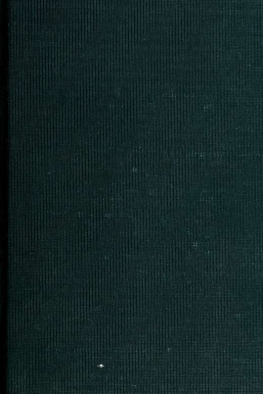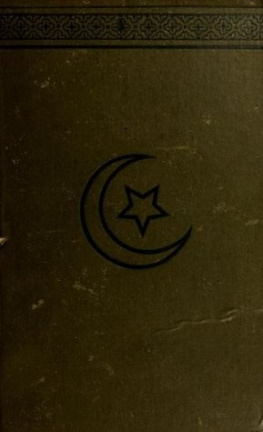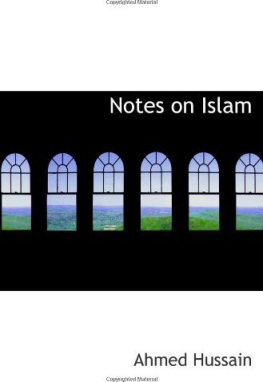This book made available by the Internet Archive.
DF THE
IDifiino lEMtion
There are but six hundred and fifty sets made far the world, of which this is
Nd.
^L

COPTRIGHT
T. II. SMART, 1905.
Digitized by the Internet Archive
in 2011 with funding from
University of North Carolina at Chapel Hill
http://www.archive.org/details/collectionofpopudase

A COLLECTION OF'
POPULAR TALES
THE NORSE AND NORTH GERMAN
GEORGE WEBBE DASENT, D.C.L.,
PORMEBLT EDITOR LONDON TIMES.
WITH AN INTRODUCTORY ESSAY ON THE ORIGIN AND DIFFUSION OF POPULAR TALES.
HON. RASMUS B. ANDERSON, LL.D.
EDITOR IN CHIEF.
J. W. BUEL, Ph.D.,
MANAGING EDITOR.
PUBLISHED BY THE
NORRCENA SOCIETY,
LONDON STOCKHOLM COPENHAGEN BERLIN NEW YORK 19 0.6
(Popular Tales from the Norse.)
FrontispieceInspiration of Norse Imagination.
Page
King Gram's Vision, "Speak!". 17
The Twelve White Peacocks 163
In the Brave Days of Giants and Dragons .293
CONTENTS
Page
The Master Smith 171
Gudbrand on the Hillside 180
The Blue Belt 185
The Three Princesses of Whiteland 203
Rich Peter, the Pedlar 211
The Best Wish 226
The Husband who was to Mind the House 238
Farmer Weathersky 241
Lord Peter 252
Boots and his Brothers 259
Tatterhood 266
Katie Woodencloak 275
Soria Moria Castle 291
The Lad that Went to the North Wind 306
The Cat on the Dovrefell 310
The Three Sisters Trapped in a Mountain 312
INTRODUCTION.
NORSE POPULAR TALES.
The Norseman came from the East, and brought a common stock of tradition with them. Settled in the Scandinavian peninsula, they developed themselves through Heathenism, Romanism, and Lutheranism, in a locality little exposed to foreign influence, so that even now the Dale-man in Norway or Sweden may be reckoned among the most primitive examples left of peasant life. We should expect, then, that these Popular Tales, which, for the sake of those ignorant in such matters, it may be remarked, had never been collected or reduced to writing till within the last few years, would present a faithful picture of the national consciousness, or, perhaps, to speak more correctly, of that half consciousness out of which the heart of any people speaks in its abundance. Besides those world-old affinities and primaeval parallelisms, besides those dreamy recollections of its old home in the East, we should expect to find its later history, after the great migration, still more distinctly reflected; to discover heathen gods masked in the garb of Christian saints; and thus to see the proof that a nation more easily changes the form than the essence of its faith, and clings with a toughness which endures for centuries to what it has once learned to believe.
In the Norse mythology, Frigga, Odin's wife, who knew beforehand all that was to happen, and Freyja, the goddess
INTRODUCTION
of love and plenty, were prominent figures, and often trod the earth; the three Norns or Fates, who sway the minds of men, and spin their destinies at Mimirs' well of knowledge, were awful venerable powers, to whom the heathen world looked up with love and adoration and awe. To that love and adoration and awe, throughout the middle age, one woman, transfigured into a divine shape, succeeded by a sort of natural right, and round the Virgin Mary's blessed head a halo of lovely tales of divine help beams with soft radiance as a crown bequeathed to her by the ancient goddesses. She appears as divine mother, spinner and helpful virgin. Flowers and plants bear her name. In England one of our commonest and prettiest insects is still called after her, but which belonged to Freyja, the heathen "Lady," long before the western nations had learned to adore the name of the mother of Jesus.
The Norseman's god was a god of battles, and victory his greatest gift to men! but this was not the only aspect under which the Great Father was revered. Not victory in the fight alone, but every other good gift came down from him and the ^sir. Odin's supreme will was that treasure-house of bounty towards which, in one shape or the other, all mortal desires turned, and out of its abundance showers of mercy and streams of divine favour constantly poured down to refresh the weary race of men. All these blessings and mercies, nay, their very source itself, the ancient language bound up in a single word, which, however expressive it may still be, has lost much of the fullness of its meaning in its descent to these later times. This word was "Wish," which originally meant the perfect ideal, the actual fruition of all joy and desire, and not, as now, the empty longing for the object of our desires. From this original abstract meaning, it was but a step to pass to the concrete.
INTRODUCTION
to personify the idea, to make it an immortal essence, an attribute of the divinity, another name for the greatest of all Gods himself. And so we find a host of passages in early writers, in every one of which "God" or "Odin" might be substituted for "Wish" with perfect propriety. Here we read how "The Wish" has hands, feet, power, sight, toil, and art. How he works and labours, shapes and masters, inclines his ear, thinks, swears, curses, and rejoices, adopts children, and takes men into his house; behaves, in short, as a being of boundless power and infinite free-will. Still more, he rejoices in his own works as in a child, and thus appears in a thoroughly patriarchal point of view as the Lord of creation, glorying in his handiwork, as the father of a family in early times was glad at heart when he reckoned his children as arrows in his quiver, and beheld his house full of a long line of retainers and dependents. For this attribute of the Great Father, for Odin as the god of Wish, the Edda uses the word "Oski," which literally expresses the masculine personification of "Wish," and it passed on and added the word, osk, wish, as a prefix to a number of others, to signify that they stood in a peculiar relation to the great giver of all good. Thus, we have oska-steinn, wishing-stone, i. e. a stone which plays the part of a divining rod, and reveals secrets and hidden treasure; oska-byrr, a fair wind, a wind as fair as man's heart could wish it; osk-barn and oska-barn, a child after one's own heart, an adopted child, as when the younger Edda tells us that all those who die in battle are Odin's choice-bairns, his adopted children, those on whom he has set his heart,an expression which, in their turn, was taken by the Icelandic Christian writers to express the relation existing between God and the baptized; and, though last, not least, oska-maer, wish-maidens, another name for the ValkyriesOdin's corse














